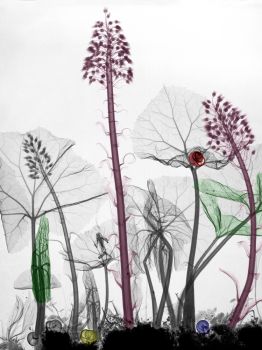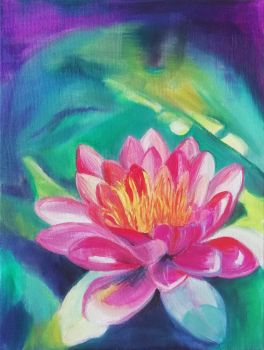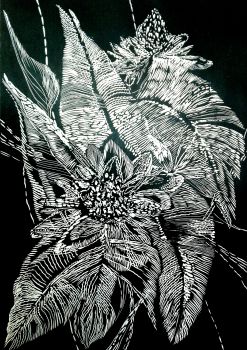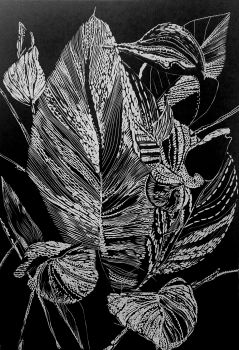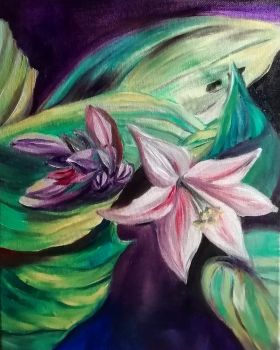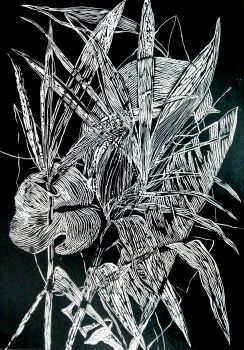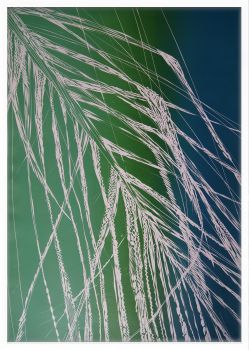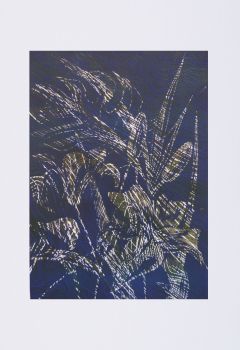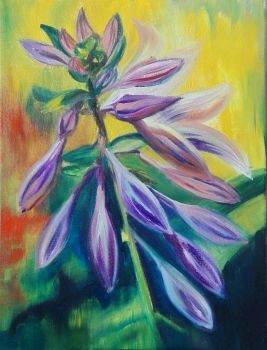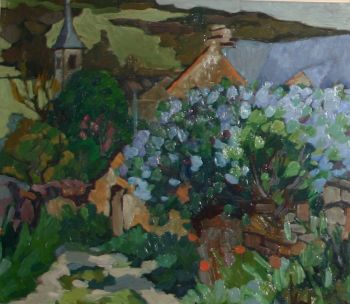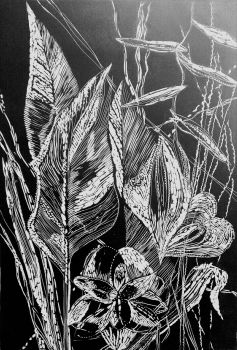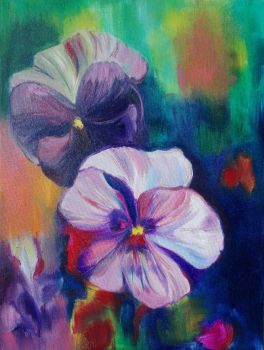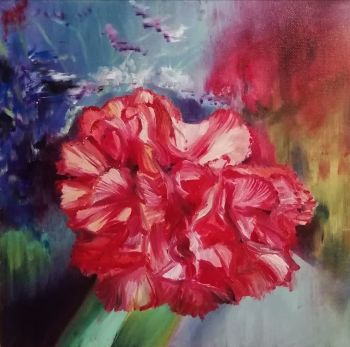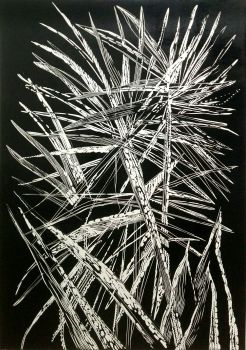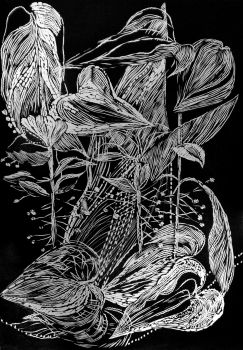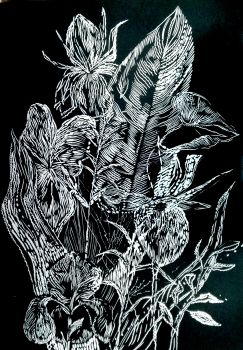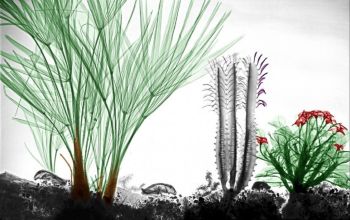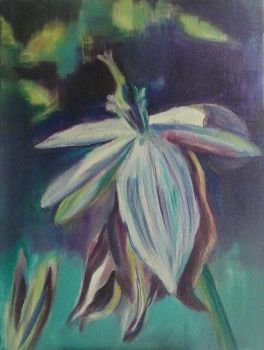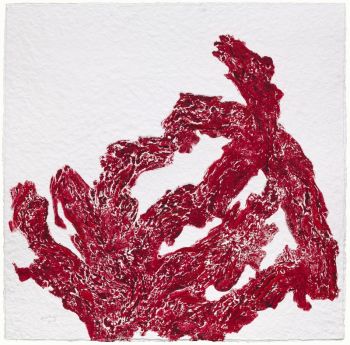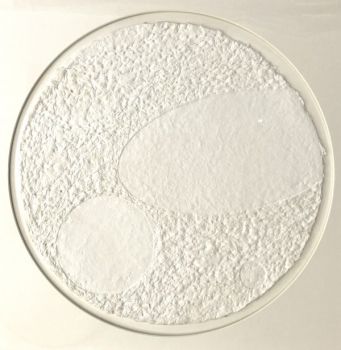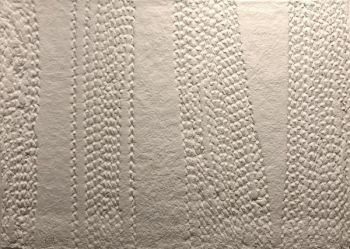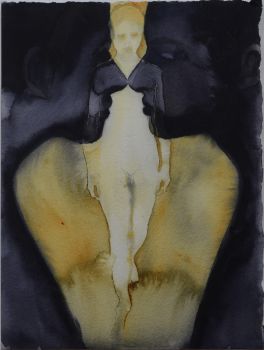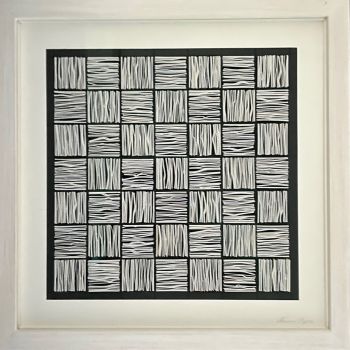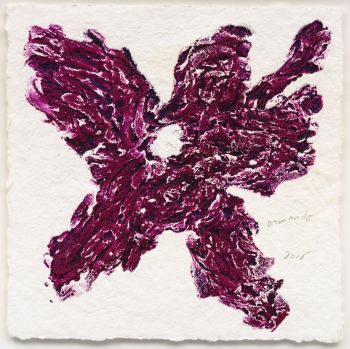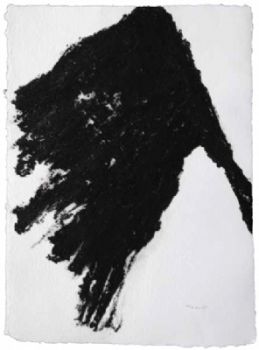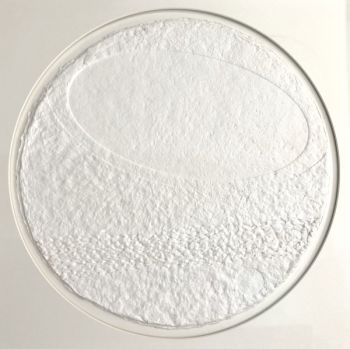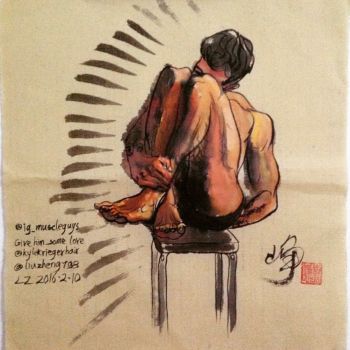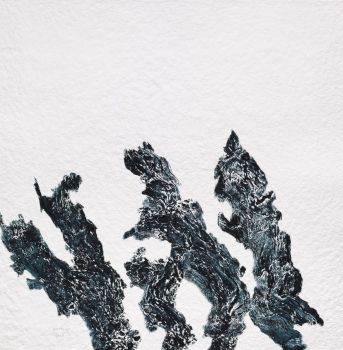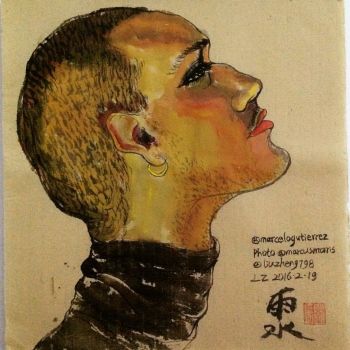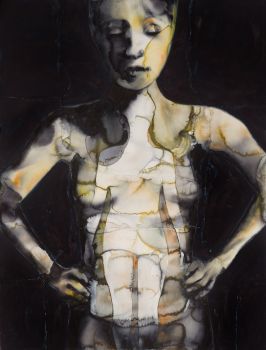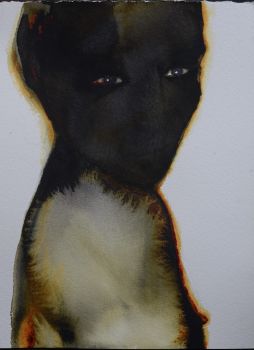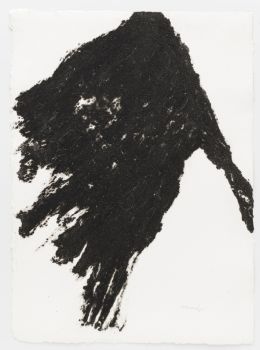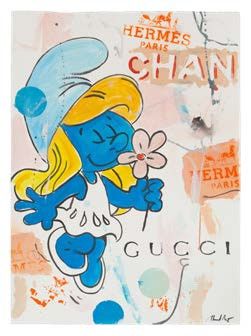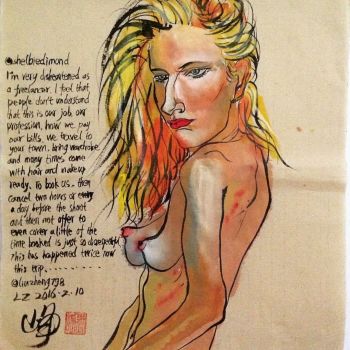Declaring Arabic medicinal plants “pernicious and venomous” for Europeans 1533
Symphorien Champier
PapierPapier fait mainCuir
Actuellement indisponible via Gallerease
- Sur l'oeuvre d'artHortus Gallicus, pro Gallis in Gallia scriptus, veruntamen non minus Italis, Germanis, & Hispanis, qua[m] Gallis necessarius. ...
Including:
-Campus Elysius Galliae Amoenitate refertus: in quo sunt medicinæ compositæ, herbæ & plantæ virentes: in quo quicquid apud Indos, Arabes, & Poenos reperitur, ...
-Periarchon id est de principiis utriusque philosophiae, ...
Lyon, Melchior & Gaspar Trechsel, 1533. 3 parts in 1 volume. 8vo. With 3 title-pages each with the same woodcut device, the woodcut arms of Champier and Terrail (Champier's wife) in mirror image (plus 2 repeats), the Terrail arms at the end, 14 woodcut decorated initials plus 9 repeats, and a vine-leaf ornament. Gold-tooled red goatskin morocco by Hippolyte Duru for Joachim Gomez de la Cortina, Marqués de Morante, each board with Morante's crowned coat of arms and his crowned JGC cipher monogram in each of the four corners and 3 of the 6 spine compartments.
First issue of the first and only edition, in the original Latin, of a three related treatises arguing against the European use of the new medicinal plants that were beginning to find their way from the Middle East or "India" to European botanical gardens along with the great Arabic works of medical botany. Symphorien Champier (1471/72-ca. 1539), a humanist physician in Lyons, mixes elements of climate, ethnicity, nationalism and religion to claim that the exotic medicines were often "pernicious and venomous" for Europeans, and he proposes indigenous alternatives to them (God in his wisdom provides each region with the plants it needs). He takes this even to a national level within Europe, based on the differing character and nature of the people of different nations. He was influenced by Brunfels, who had made similar arguments for Germans to use German plants.
With an early owner's name on the title-page. Joachim Gomez de la Cortina (1808-1868), a Spanish senator and rector of the University of Madrid, was one of the leading bibliophiles of his day. The elegant binding is signed by Hippolyte Duru (1803-1884) in Paris and dated 1850. With waterstains and browning in the first 2 and last 2 leaves and the foot of 2 leaves in part 2, but otherwise in very good condition. The binding fine, a couple tiny insignificant scuff marks on the edges and a small label removed from the back paste-down. A lovely copy of a fascinating work, reflecting European fears of Arabic medical botany.
Allut 39; Baudrier XII, p. 240 ; Durling 934; Cat. lib. Gomez de la Cortina 11755 (this copy); for the binder Duru: Flety, p. 65. - Sur l'artisteSymphorien Champier (1471-1539), médecin lyonnais né à Saint-Symphorien (France), était lié au chevalier de Bayard par son épouse, Marguerite Terrail. Docteur en médecine à Montpellier, Champier est le médecin personnel d'Antoine, duc de Lorraine, qu'il suit en Italie avec Louis XII et s'installe finalement à Lyon. Il a travaillé à Lyon où il a fondé le Collège des Médecins de Lyon. Il y remplit les fonctions d'échevin et contribua à de nombreuses fondations locales, notamment à l'École des médecins de Lyon. En outre, Champier a étudié les érudits grecs et la médecine arabe et a composé un grand nombre d'ouvrages historiques, dont Chroniques de Savoie en 1516 et Vie de Bayard en 1525. Il est connu pour son tract La nef des dames vertueuses, un des premiers traités «féministes» rédigés en français. Il était un opposant extrême à l’occultisme de la Renaissance et écrivit en 1532 une «Epistola campegiana de tranmutatione metallorum contra alchimistas». Les historiens pensent qu'il est mort dans la seconde partie de 1539.
Artwork details
Catégorie
Sujet
Matériel & technique
Related artworks
Engelbert Kaempfer
LIVRE ENGELBERT KAEMPFER1651 - 1716
Prix sur demandeZebregs & Röell - Fine Art - Antiques
Antonie Derkinderen
Memory book Exhibition of Dutch Painting1892
Prix sur demandeKunsthandel Pygmalion
Tilmanus Nicolaus Maastricht
Missale Romanum avec montures en argent hollandais1788 - 1792
Prix sur demandeJacob J. Roosjen SRI
LAWRENCE WEINER
"SKIMMING THE WATER [MENAGE A QUATRE]" Signed book plus small artwork2010 - 2014
Prix sur demandeGallerease Selected
Antonie Derkinderen
Memory book Exhibition of Dutch Painting1892
Prix sur demandeKunsthandel Pygmalion
Hermann Nitsch
"UNDER MY SKIN" Signed book incl. small artwork and DVD in a matching box2010 - 2014
Prix sur demandeGallerease Selected
Tilmanus Nicolaus Maastricht
Missale Romanum avec montures en argent hollandais1788 - 1792
Prix sur demandeJacob J. Roosjen SRI
Yoko Ono
YOKO ONO: "ARISING" SIGNED BOOK PLUS SMALL ARTWORK 2010 - 2014
Prix sur demandeGallerease Selected
1 - 4 / 22- 1 - 4 / 24
- 1 - 4 / 24

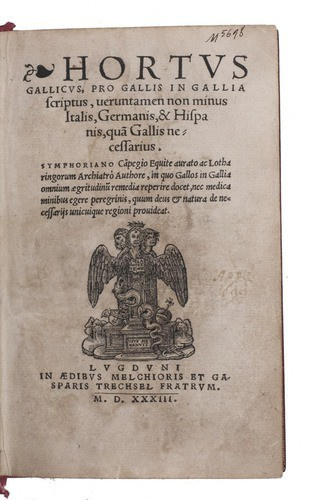






!["SKIMMING THE WATER [MENAGE A QUATRE]" Signed book plus small artwork by LAWRENCE WEINER](https://media-2.gallerease.com/images/442bfd5f-fc31-4e18-a2fa-ee0c08eade64/350x350/skimming-the-water-menage-a-quatre-signed-book-plus-small-artwork.jpg)












